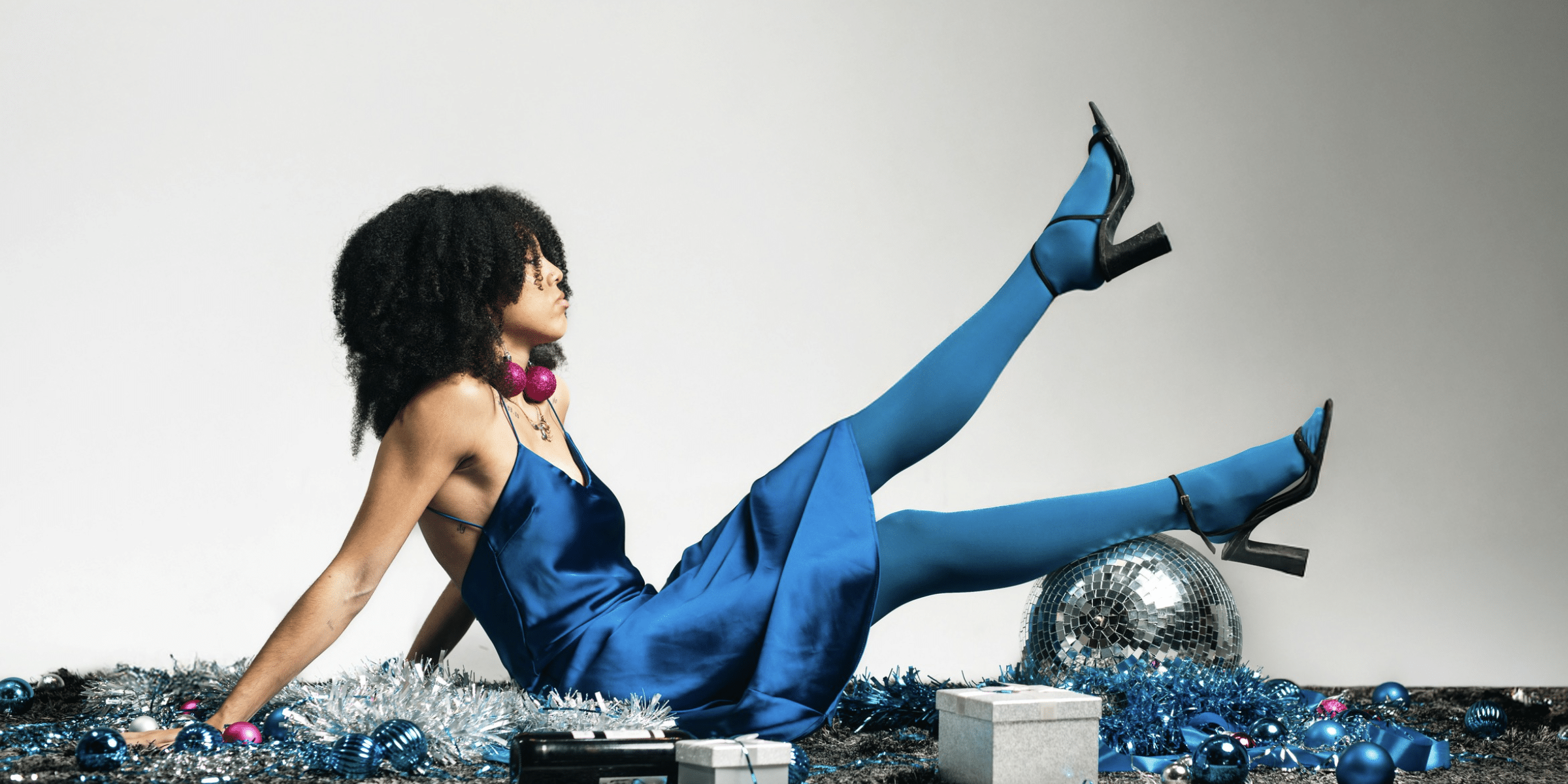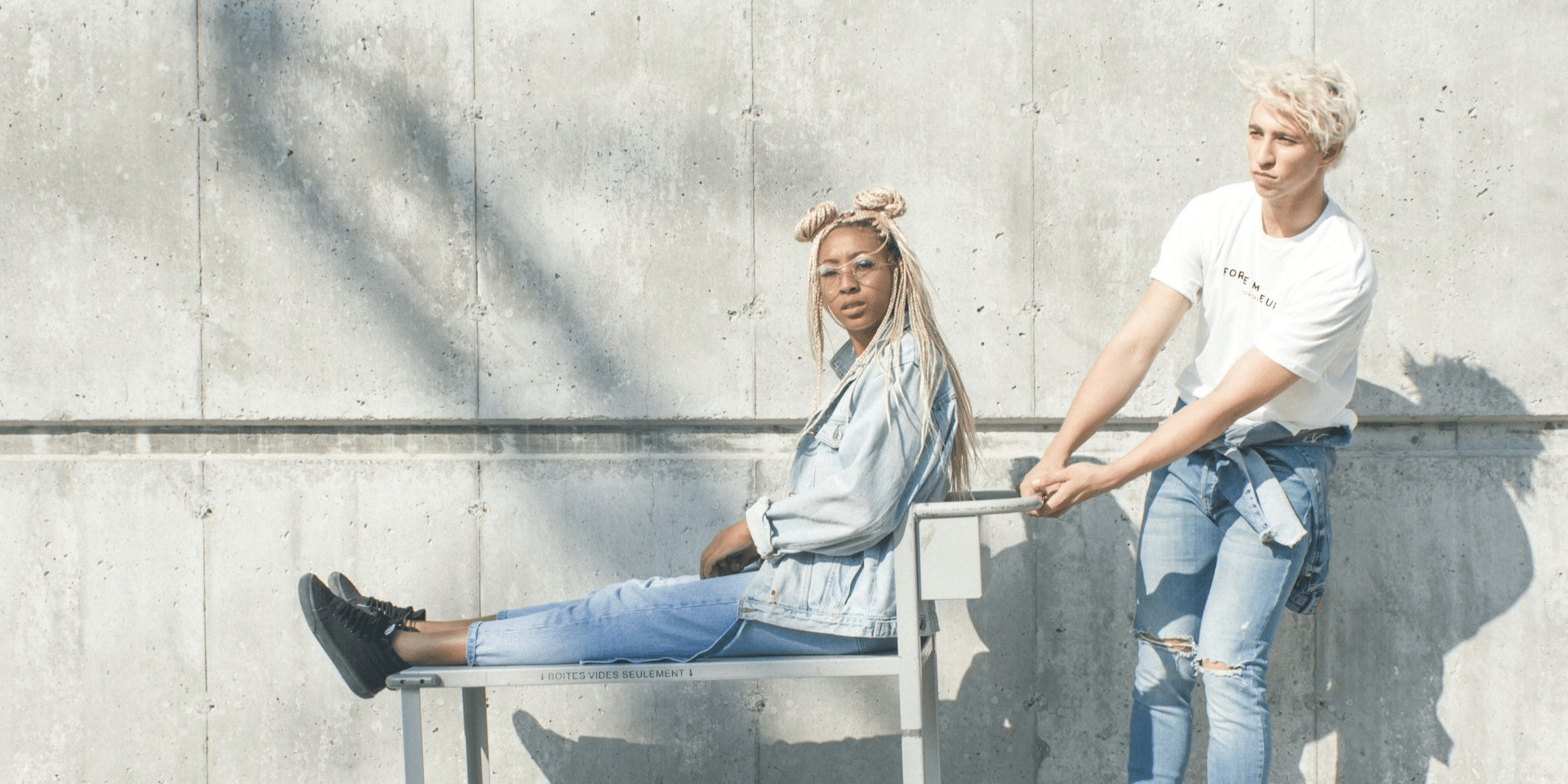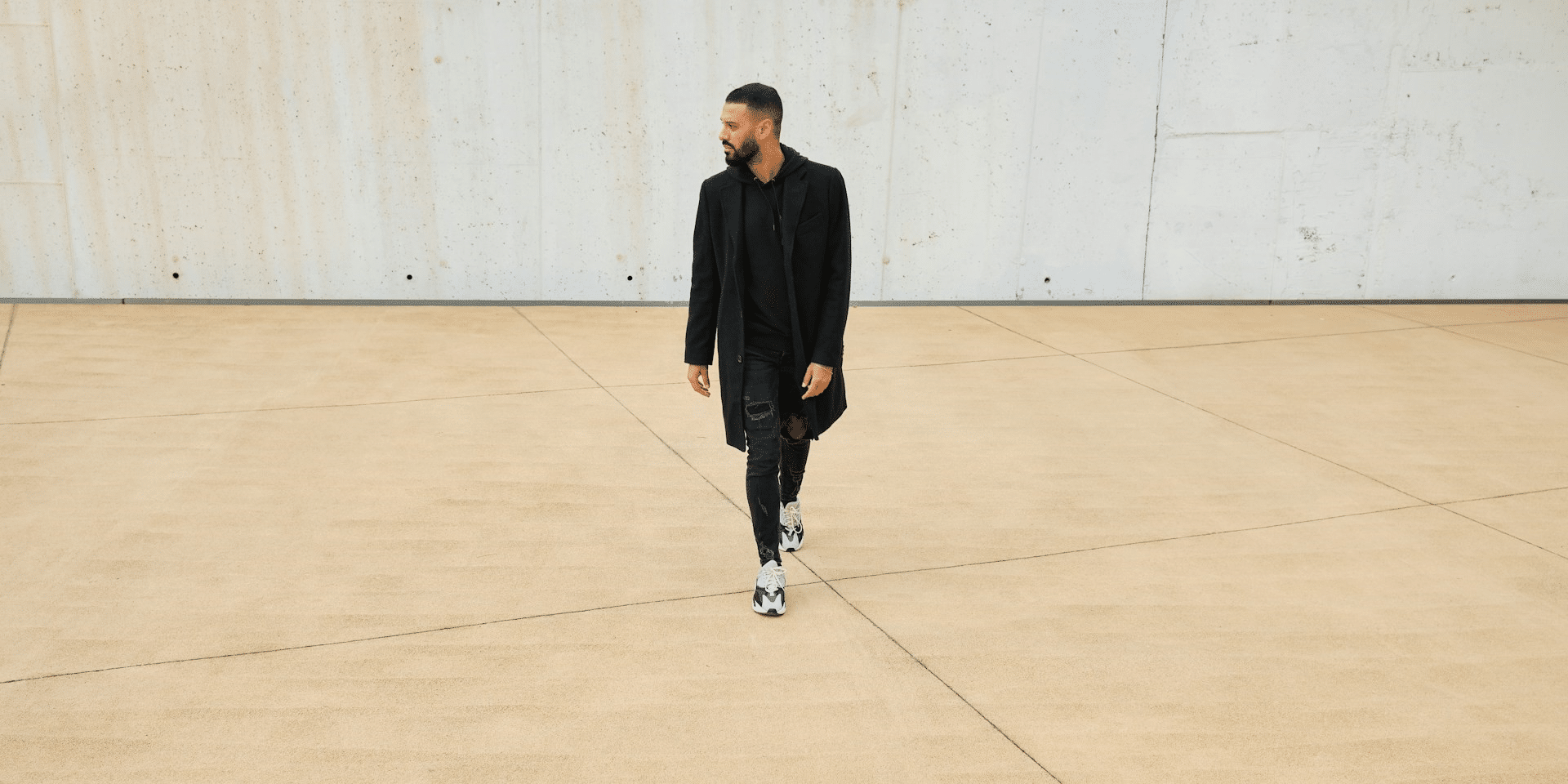The fashion industry is undergoing a transformation, embracing diversity in ways that challenge traditional norms. Among these changes is the growing acceptance of pregnant models on runways, which highlights inclusivity, celebrates motherhood, and pushes for broader representation in fashion. This article explores the historical context, notable examples, and the implications of this shift on the industry and society.
Historical Context
Traditional Standards
Historically, the fashion industry adhered to rigid beauty standards that often excluded models whose bodies deviated from the perceived norm. Pregnancy, with its visible physical changes, was largely deemed incompatible with the industry’s ideal of a model’s physique. Runway shows traditionally focused on showcasing clothes in a way that emphasized standardization and symmetry, leaving little room for pregnant models.
Early Instances
Despite the longstanding exclusion, there have been rare exceptions where pregnant models graced the runway. One notable example is Heidi Klum, who walked the Victoria’s Secret Fashion Show in 2003 while four months pregnant, though her pregnancy was not publicly disclosed at the time. These moments hinted at the potential for change but did not signal a broader industry shift.
Notable Examples of Pregnant Models on Runways
Victoria’s Secret Fashion Show
The Victoria’s Secret Fashion Show played a pivotal role in challenging the status quo. Models such as Alessandra Ambrosio (2011), Lily Aldridge (2011), and Irina Shayk (2016) walked the runway during their pregnancies. These appearances sparked conversations about the visibility of motherhood in high fashion, breaking barriers and redefining what it meant to be a model.
Savage x Fenty Show
In 2018, Rihanna’s Savage x Fenty Show took inclusivity to new heights. Model Slick Woods walked the runway while in labor, showcasing not only the beauty of pregnancy but also the resilience of expectant mothers. This moment became emblematic of the brand’s commitment to diversity and authenticity.
Collina Strada’s New York Fashion Week Show
In 2024, Collina Strada’s show at New York Fashion Week featured a pregnant model, a mother with her baby, and a transgender, physically disabled model. This lineup highlighted inclusivity in its many forms, proving that the runway can be a platform for celebrating diverse identities and experiences.
Impact on Body Positivity and Inclusivity
Challenging Beauty Standards
The inclusion of pregnant models on runways directly challenges the narrow beauty standards that have dominated fashion for decades. By showcasing the beauty of pregnant bodies, the industry signals that all forms of human experiences are worthy of representation.
Representation and Visibility
Seeing pregnant models on runways provides much-needed visibility for expectant mothers, a demographic often overlooked in mainstream fashion. This representation fosters a sense of inclusion and empowers women to embrace their bodies during pregnancy.
Industry and Public Reception
Positive Feedback
Designers and audiences alike have largely embraced the inclusion of pregnant models. Many view it as a progressive step toward a more inclusive and authentic fashion industry. By showcasing diverse body types, brands build stronger connections with their audiences and reflect the realities of their consumers’ lives.
Criticism and Challenges
Despite the positive reception, there are critics who question whether featuring pregnant models is always a genuine move toward inclusivity. Some argue that this trend could be a marketing strategy designed to capitalize on the appeal of diversity without committing to lasting change. These critiques underscore the need for brands to back their messaging with sustained actions and policies.
Influence on Maternity Fashion
Design Adaptations
The rise of pregnant models on runways has led to greater attention to maternity fashion. Designers are creating stylish, functional clothing for expectant mothers, proving that pregnancy does not have to mean compromising on personal style. These designs often incorporate innovative tailoring to accommodate changing bodies while maintaining aesthetic appeal.
Market Expansion
As maternity fashion gains visibility, brands are recognizing the commercial potential of catering to expectant mothers. This shift has expanded the market for maternity wear, creating opportunities for both established labels and emerging designers to meet the growing demand.
Future Outlook
Sustained Inclusivity
The continued inclusion of pregnant models on runways suggests that the fashion industry is moving toward sustained inclusivity. As more designers embrace diverse representations, the definition of beauty in fashion is becoming broader and more inclusive.
Policy and Practice Changes
Ongoing discussions about inclusivity are likely to lead to more comprehensive policies that support diverse representations in the industry. This could include guidelines encouraging the inclusion of pregnant models, as well as broader diversity initiatives addressing race, size, age, and ability.
A New Era of Fashion Inclusivity
The acceptance of pregnant models on runways marks a pivotal moment in the evolution of the fashion industry. By embracing motherhood and celebrating the beauty of pregnancy, designers and brands are challenging traditional norms and redefining what it means to represent humanity in fashion.
While there is still work to be done to ensure inclusivity is not a fleeting trend but a permanent shift, the progress made so far is encouraging. As the industry continues to evolve, the inclusion of pregnant models serves as a powerful reminder that diversity is not just a buzzword—it’s the future of fashion.






